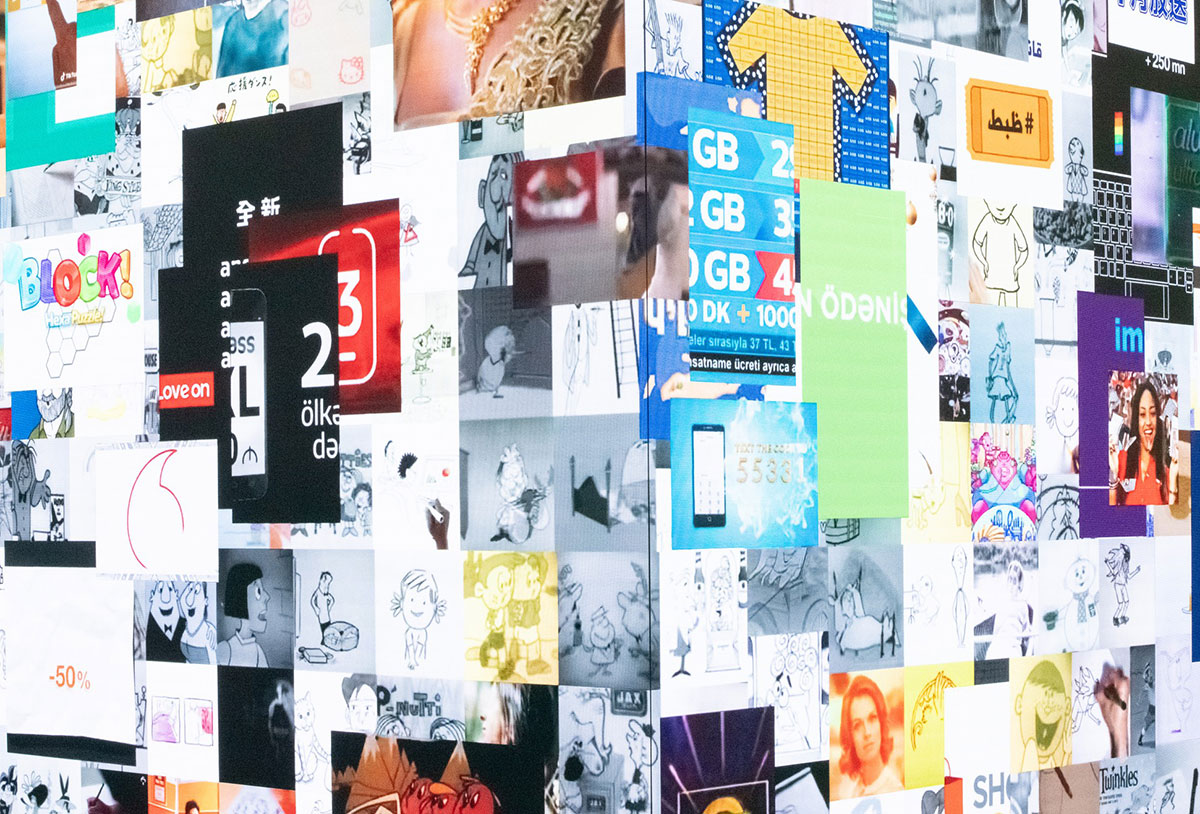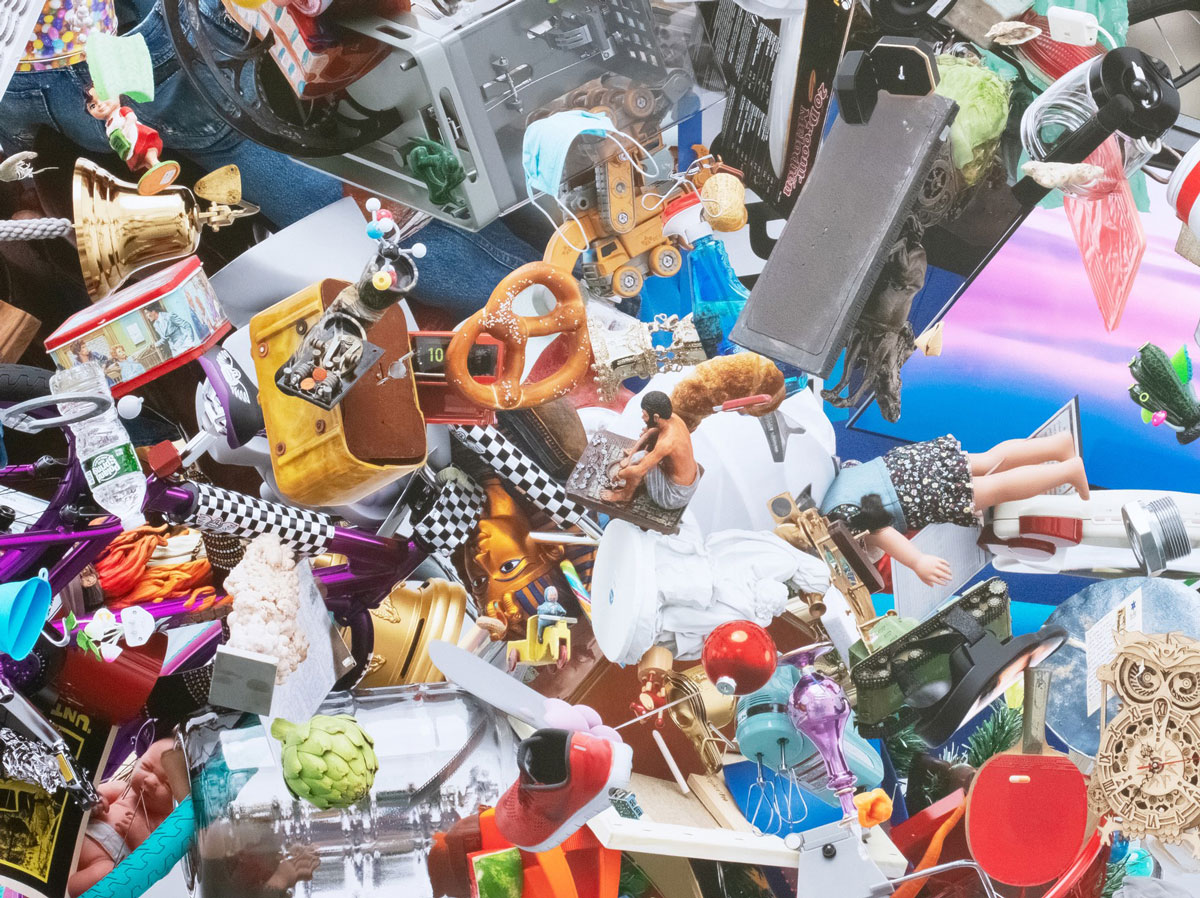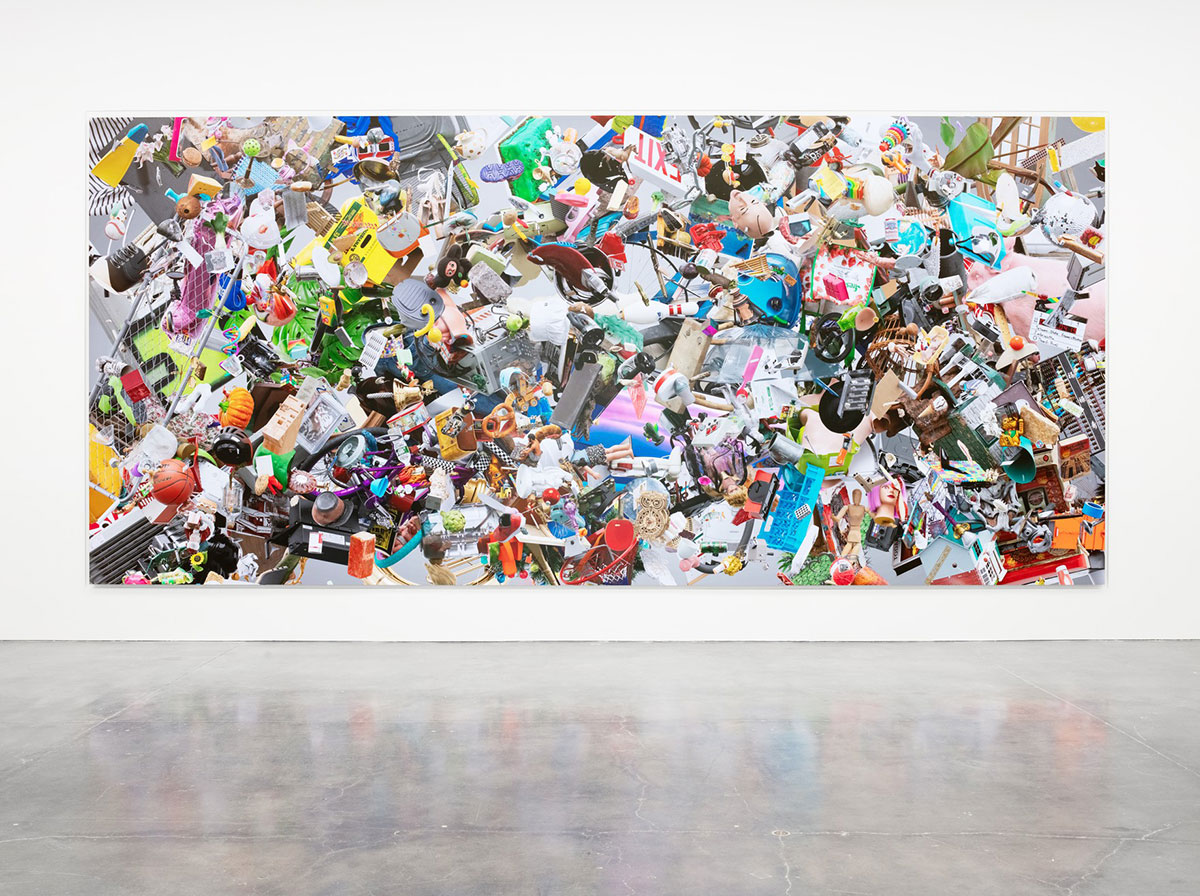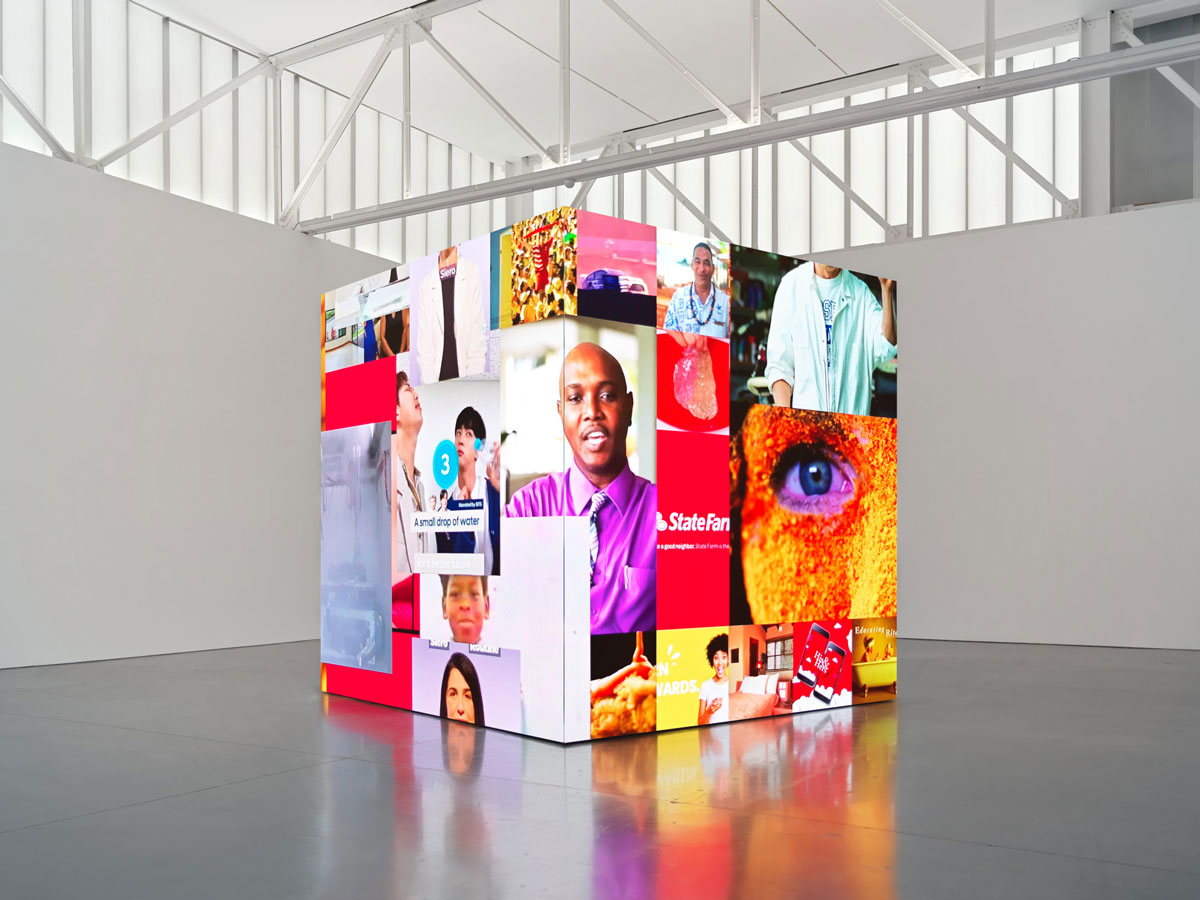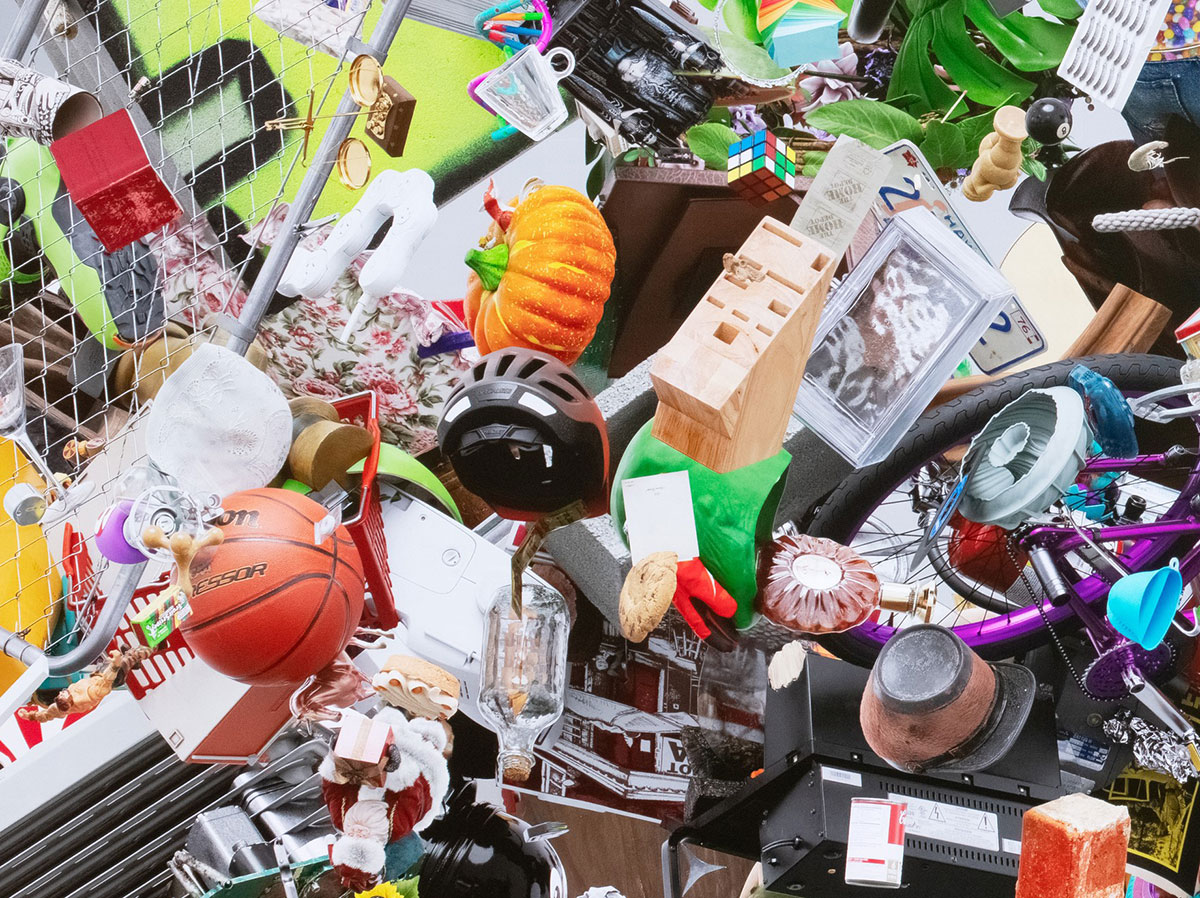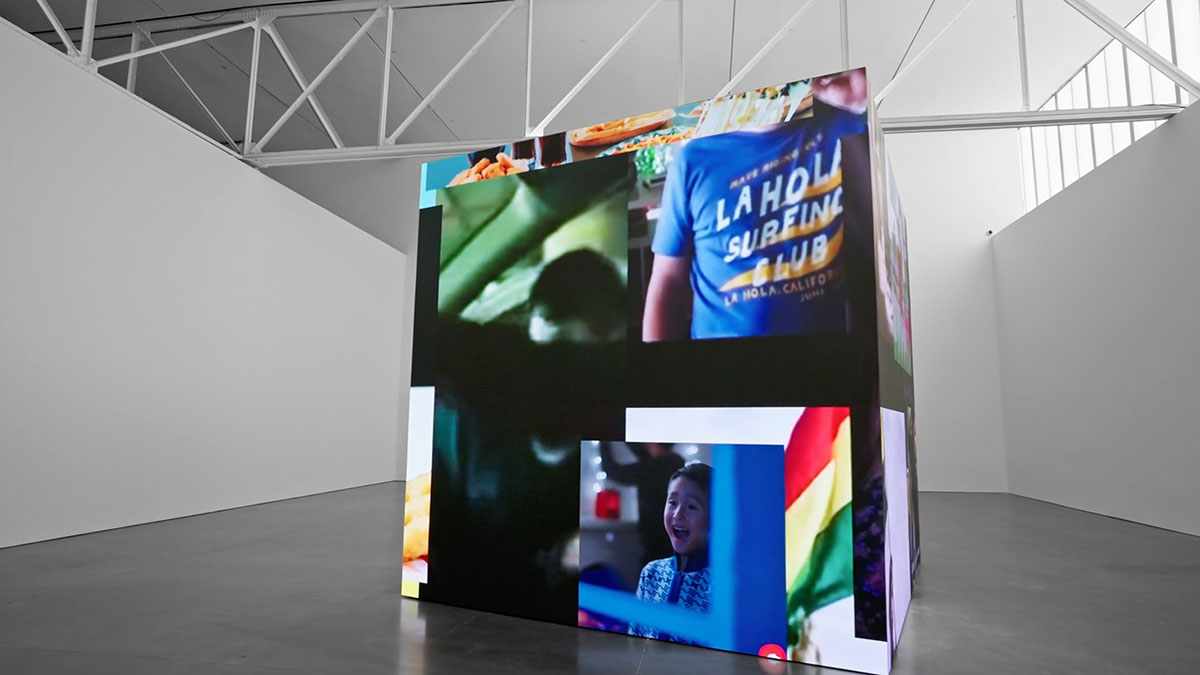ART CITIES: Los Angeles-Urs Fischer
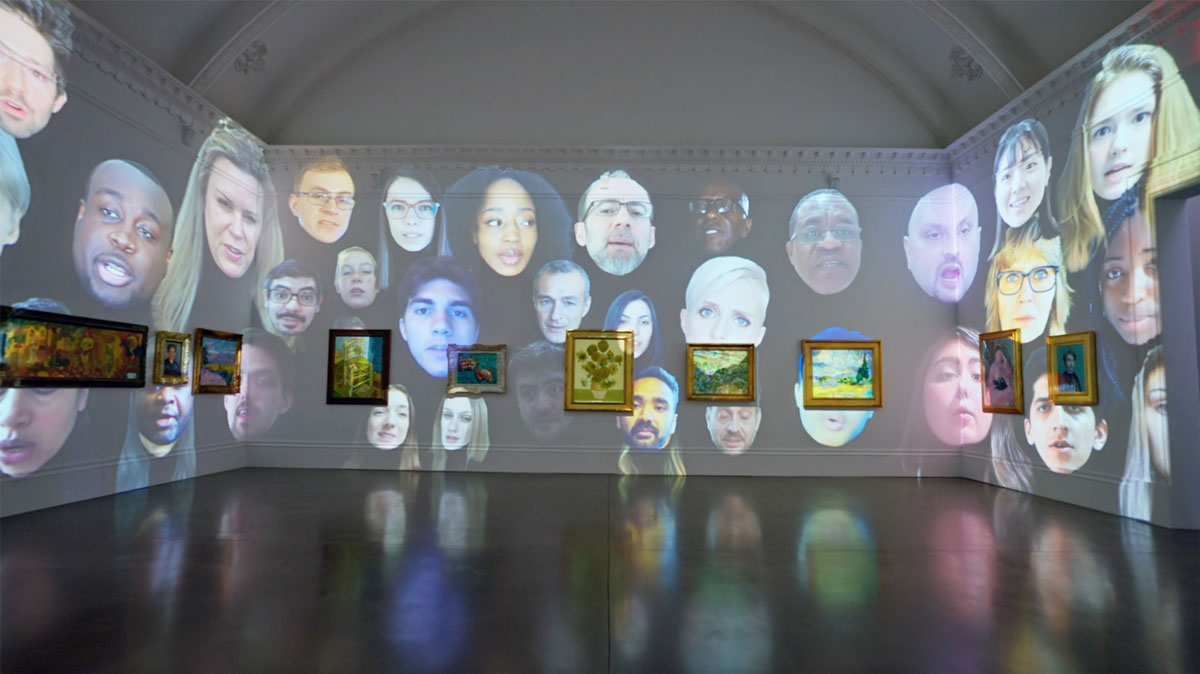 Urs Fischer rose to fame in 2011 at the 50th edition of the Venice Biennale when he melted a full-size wax copy of Giambologna’s “Rape of the Sabine Woman”, one of the great masterpieces of Renaissance sculpture. From the beginning of his career, Urs Fischer understood how to create a varied universe, made up of objects, figures and environments, all permeated with a sense of the absurd and irony.
Urs Fischer rose to fame in 2011 at the 50th edition of the Venice Biennale when he melted a full-size wax copy of Giambologna’s “Rape of the Sabine Woman”, one of the great masterpieces of Renaissance sculpture. From the beginning of his career, Urs Fischer understood how to create a varied universe, made up of objects, figures and environments, all permeated with a sense of the absurd and irony.
By Dimitris Lempesis
Photo: Gagosian Archive
Urs Fischer is considered one of the most irreverent and intelligent artists of his generation. Through his open-minded use of materials, he subverts the way we usually think about space and makes us question our traditional approach to things. In “Denominator” Urs Fischer presents “Denominator” (2020–22). The sculpture takes the form of a 12-foot cube that displays a sequence of fragments from international television commercials in a shifting composition that spans the history of the medium from 1950 to today. Through the use of AI algorithms, the commercials have been deconstructed into individual shots, which are then grouped by theme or color and displayed in layered patterns and choreographed sequences. The result is a mesmeric demonstration of broadcast advertising’s capacity to penetrate human consciousness. Along with other recent works of Fischer’s such as the digital sculpture “CHAOƧ #501”, “Denominator” forms part of an encyclopedic composition telling the story of humanity through the artifacts it leaves behind. Displayed on its own in Beverly Hills, the work assumes an iconic resonance, its multiple sources—from broadcast television to social media—constituting a dynamic archive of the visual models to which we now continually refer. Urs Fischer studied Art and Design at the Schule für Gestaltung in Zurich, a general arts-and-crafts academy. Although he did find some passion for photography, he still found that something was missing. During this time, he met Scipio Schneider, a graphic designer with whom he would continue to work over the course of his career. After two years in the photography course he quit school and moved to Amsterdam to visit friends in 1993 when he was nineteen. Amsterdam, unlike Zurich, was a lively center for contemporary art. It was in Amsterdam where he learned to speak English and got a grant to study art in a small school run by Dutch artists. Many of the works he produced during this time were thrown away or demolished. However, two survived: a small wooden sculpture of a partly clenched fist, and three mass-produced chairs altered to suggest the positions of the people sitting in them. Fischer’s first solo show was in 1996 at a gallery in Zurich. The gallery director Eva Presenhuber had wanted him to take part in a group show but he refused, commenting that he “didn’t like the other works she was showing and that he was suspicious of showing in a gallery.” Presenhuber was very intrigued by the work, commenting that Fischer’s work “was very strange. Hand-made sculpture, at a time when art was mostly conceptual, or appropriation – it looked like something I knew, but I didn’t know it in that way.” Which was true, as the artist eschewed the title of Conceptual artist, stating that his sculpture did not start with ideas, but with the materials he used and how he shaped them. When asked how he chose his objects, he has said, “It’s not about our culture now. It’s just objects I choose. I like that they are not very interesting things – or they are. It depends on your level of attention. And I don’t care about big or small. I’m interested in collisions of things, and how objects relate to each other.” Presenhuber offered him a solo show, and although he was hesitant as he was working and making good money building film sets, he agreed. He showed a series of works; an apple and pear screwed together, two chairs that appeared to be copulating, and a collapsing cinderblock wall built on a bed of rotting fruits and vegetables. A year later when Presenhuber became a partner of a larger gallery, he was one of her main artists. Fischer burst onto the international art scene following his work in the mid-nineties. He moved between London, Berlin, and New York between 2000 and 2004, showing with galleries like Sadie Coles HQ in London, Gavin Brown’s Enterprise in New York, Hamburger Bahnhoff in Berlin, and both the Institute of Contemporary Arts in London and the Modern Institute in Glasgow. Many European collectors and galleries took interest in his work from the 2000s onward, selling his work through agents at auction. Fischer settled in Manhattan in 2004 with his then partner Cassandra MacLeod, commuting to his studio each day. He tried “to have a normal family life and not to work during the weekend.” The couple had a daughter a few years later named Loti. In 2007, after moving into a new studio in the Red Hook area of Brooklyn, he spent time remodelling the large warehouse space with skylights, a large kitchen and dining area, and office spaces for his technicians and team. With many large-scale, ambitious bodies of work, Fischer began using technicians to assist him craft his sculptures and help him work out the best way to realize projects. Along with his assistants he continues to work with his old friend from Zurich, Scipio Schneider, as well as others who help with digitally altering works and advising Fischer along the process. The majority of the assistants are of Swiss or European decent – the multi-cultural backgrounds of his team something he actively seeks out when looking for help. In 2007, Fischer showed at the Venice Biennale with Ugo Rondinone and exhibited his ground-breaking work You at Gavin Brown’s Enterprise to critical acclaim. In 2009 Fischer had his first large-scale solo presentation in the United States, at New York’s New Museum which exhibited his work over all four floors of the museum. The exhibition featured a series of immersive installations including reflective boxes with images of cityscapes, food, and pop culture. There were large aluminium sculptures scaled up from small hand-held clay blobs where one could see the enlarged fingerprints and marks from Fischer’s hands. The show also featured a retrospective look at his early works. At the Venice Biennale in 2011, Fischer’s wax copy of Giambologna’s late sixteenth-century sculpture Rape of the Sabine Women slowly melted, drooping over itself in a mass of falling limbs over the course of the month long show. Two other candle works were shown, depicting an ordinary man wearing glasses in a sport coat who watched as the Giambologna sculpture slumped, and an office desk chair which burned a cavity into itself. These works’ dimensions were humorously written as “variable.” Fischer had his first solo show with the Gagosian gallery in 2012 with his Problem Painting series in which he explored popular culture and art history through portraits of fruit, nails, and cigarettes. He also showed at the Palazzo Grassi in Venice, Italy which is owned by the French businessman Francois Pinault, whose company is a major shareholder of Christie’s Auction house. His show “Madame Fischer” was the first solo show by a living artist held there.
Photo: Installation view with Urs Fischer, People (2022) Artwork © Urs Fischer. Photo: Tom Powel Imaging, Courtesy the artist and Gagosian
Info: Gagosian Gallery, 433 North Camden Drive, Beverly Hills, CA, USA, Duration: 20/7-16/9/2023, Days & Hours: Tue-Sat 10;00-17:30, https://gagosian.com/
